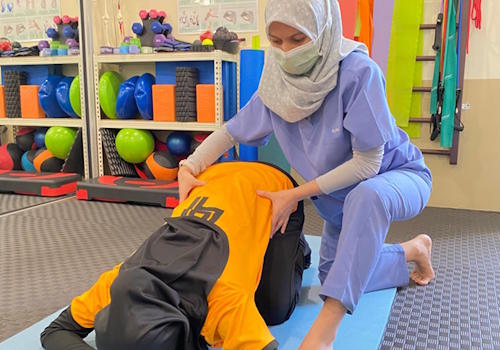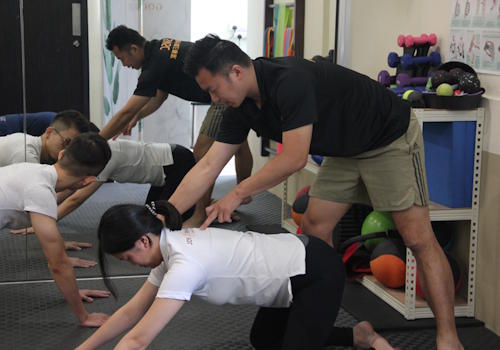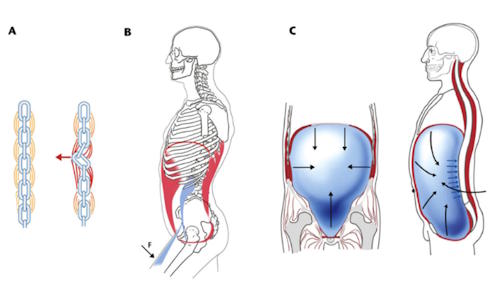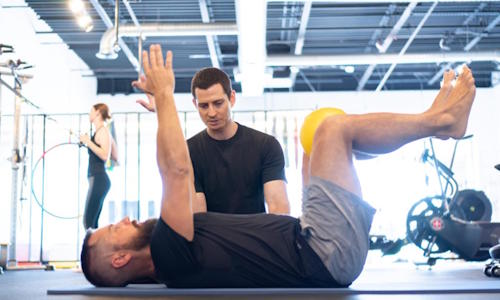Health & Wellness is important for Everyone
What is 1 to 1 Movement Training?
As a Movement specialist, physiotherapists are involved in personalized, one-on-one sessions where we work directly with our clients to assess, improve, and optimize their movement patterns. The goal is to correct any dysfunctions, imbalances, or pain caused by poor movement mechanics, injury, or posture.
During these sessions, the physiotherapist will:
- Assess posture and movement patterns: We observe and analyze how a person moves in various activities to identify any limitations or compensations.
- Design a personalized program: Based on the assessment, we create a tailored exercise or rehabilitation program to target specific issues, improve flexibility, strength, and mobility, and prevent future injuries.
- Teach correct techniques: We will guide the patient through exercises, ensuring proper form and technique to avoid strain or injury.
- Monitor progress: We continually track improvements, adjusting exercises as needed to further challenge the body and promote recovery.
Systematic Movement Specialisation Certification
The Systematic Movement Specialisation Certification is an advanced exercise program that incorporates a 3D stabilization approach, integrating breathing techniques, movement direction, force transformation, and brain-based movements.
This program is designed to enhance motor control, balance, neuromuscular coordination, and joint stability. It aims to strengthen global muscle stability and optimize force transformation, thereby improving exercise performance.


Dynamic Neuromuscular Stabilization
Dynamic Neuromuscular Stabilization (DNS) is a rehabilitation approach that focuses on improving posture, stability, and movement by reactivating the body’s natural stabilizing system. It is based on the idea that we develop specific movement patterns from birth that help stabilize our body during movement.
DNS uses exercises to restore these natural movement patterns and bring stability to the spine and joints. When these patterns are disrupted—due to injury, poor posture, or lack of activity—it can lead to pain, dysfunction, and a higher risk of injury.


